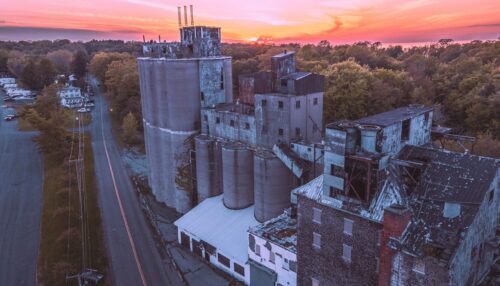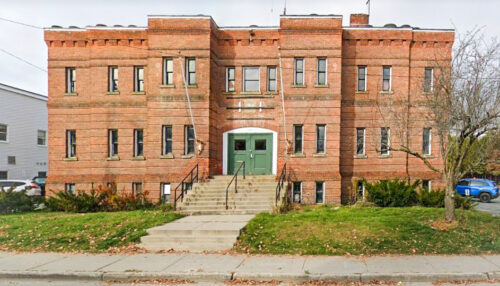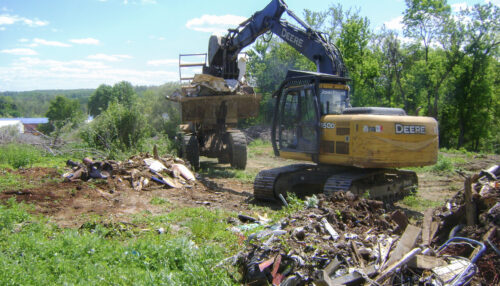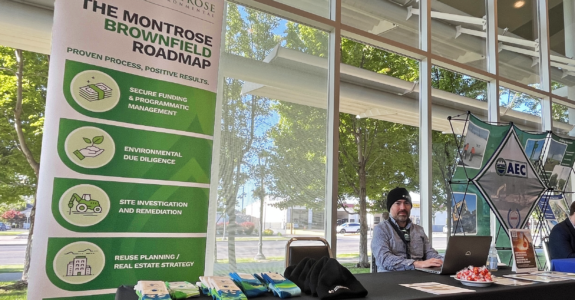
2025 Brownfields Grant Winners—Insights from a Former EPA Reviewer
July 16, 2025
By: Derek Street
This May, just days after the 2025 EPA Brownfield Grant awardees were announced, our team took the stage at the Washington State Brownfields Conference in Yakima. The event brought together government, tribal, nonprofit, and private-sector professionals from across the region to advance our collective knowledge around revitalizing contaminated sites.
214 grantees were revealed. We immediately got to work—analyzing who won, where, and why. Our goal? Helping communities like yours to craft sharper, more strategic applications for what’s expected to be the final year of expanded brownfields funding under Bipartisan Infrastructure Law (BIL) and the most competitive round of recent times.
Inside the 2025 Numbers
Roughly 45% of applicants received funding nationwide—a testament to increased investment under the BIL, but also a signal of just how tight the margins are. Winning Assessment Grant applications typically scored above 155 out of 160 points requiring a seasoned grant writer and near perfect application to win.
Success rates varied greatly by region, with Regions 3 and 10 leading the pack and the Southeast lagging significantly. Maine again stood out for receiving more funding per capita than any other state—a trend seen in recent years.
From our analysis, it’s clear that certain ingredients separate strong proposals from the rest:
- A compelling narrative rooted in community outcomes
- Shovel-ready or near-ready sites
- Clear alignment with local or regional development plans
- The right consulting team to shape and position the application effectively
What Changed—and What’s Coming in 2026
Next year’s competition will unfold under a new administration, which means shifting priorities. We won’t know until the agency shares more information, but notably we can expect:
- Environmental Justice scoring criteria will be removed
- Grant applications could include criteria related to the five pillars of Administrator Zeldin’s, “Powering the Great American Comeback” Initiative. with new federal pillars, including clean energy, permitting reform, and U.S. leadership in artificial intelligence
Applicants may lose ground if they rely on outdated tactics or fail to address these evolving themes.
Our session panel also underscored an evolving change: EPA debriefs are only verbal, and consultants are excluded from debriefs in most cases. This makes it even more critical to learn from successful applications, not just your own.
Strategies That Delivered Results
At our May 20 workshop, we explored the tactics that propelled projects—like the winning effort in Franklin County, Tennessee—across the finish line:
- Leveraging state-level funding opportunities
- Collaborating with partners early, including public-private stakeholders
- Clearly outlining regulatory readiness and anticipated outcomes
We also emphasized the importance of choosing the right grant track for your community’s capacity—whether that’s multipurpose, assessment, revolving loan fund (RLF), and/or cleanup (MARC).
Real-World Pain Points—and How to Avoid Them
Some common missteps from 2025 applicants included:
- Failing to distinguish between redevelopment plans and readiness
- Not addressing EPA feedback, even if only shared verbally
- Overlooking the broader potential of BIL funding—despite a 400% increase in available resources over the last four years
Looking Ahead: Win Smart in 2026
If 2026 is indeed the last year of expanded brownfields funding under BIL, communities need to move with urgency. Our guidance?
- Define your target areas now
- Register with sam.gov and complete prerequisite steps early
- Engage tribal partners, nonprofits, and CBOs to build strong coalitions
- Begin crafting your story—not just your site plan
The next application cycle will be more competitive—and more consequential—than any before. At Montrose, we’ve helped communities nationwide secure millions in EPA Brownfields grants by combining deep regulatory knowledge with a hands-on, strategic approach. Whether you’re shaping your vision, aligning with new federal priorities, or sharpening your grant narrative, our experts know what it takes to win. With the right planning and the right partner, there’s still time to seize this final opportunity. Let’s make your 2026 application stand out—and succeed!
Continue Reading
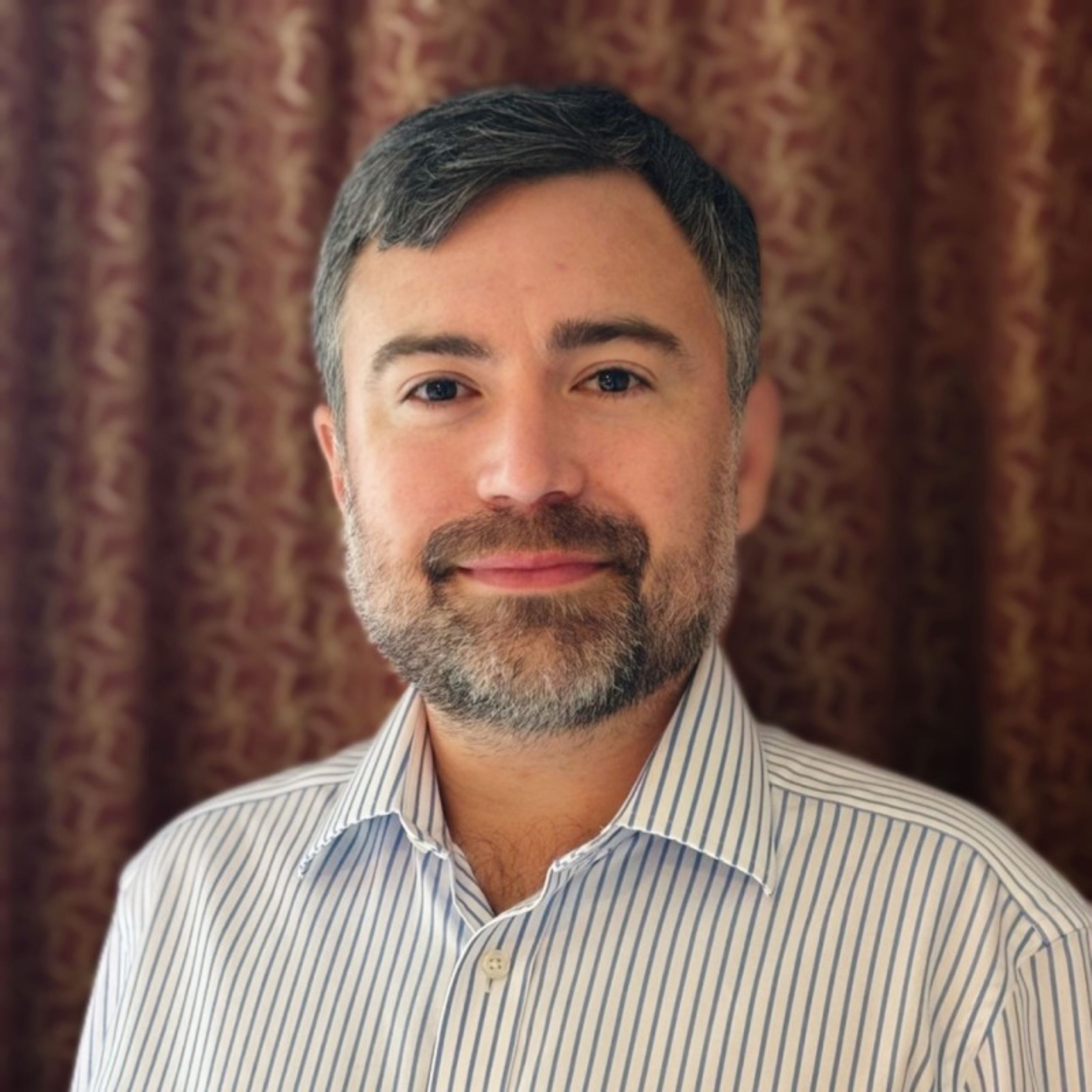 Derek Street
Derek Street
Principal Geologist, Brownfields & Community Revitalization Practice
Derek Street is an environmental professional with deep experience in site assessments, brownfield redevelopment, and regulatory compliance. He has worked both in the private sector and at the USEPA, where he reviewed and enforced AAI standards for federal brownfield funding.

